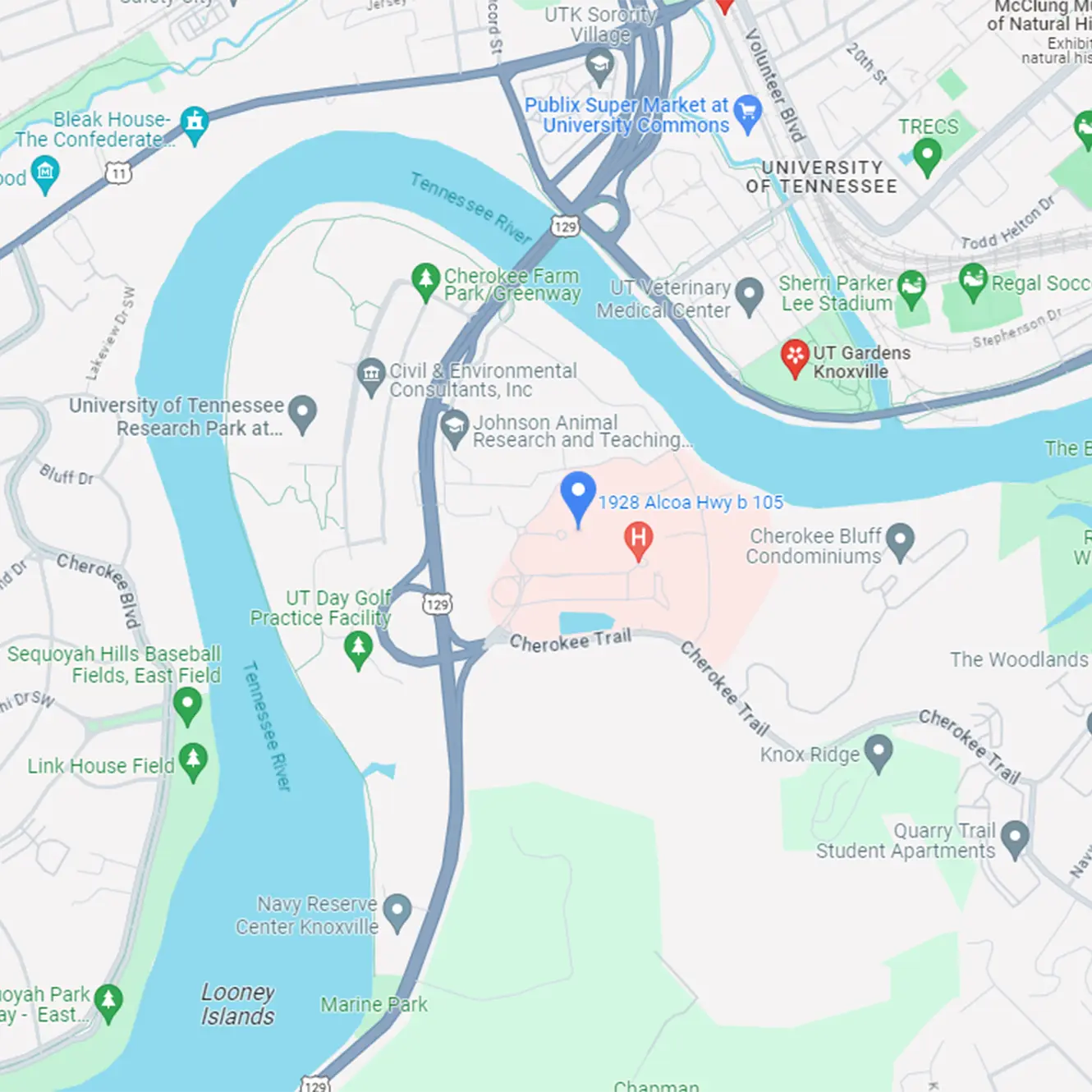Milk Protein Allergy
What is a Milk Allergy?
A child with milk allergy will feel sick or have a rash or itch after eating milk products. It is most common in young children. Treatment of milk allergy is based upon eliminating all milk and milk products from the diet.
Who can get a Milk Allergy?
Milk allergy most often develops in small babies. Most babies outgrow milk allergy by the time they are 6 years old although some people may have milk allergy into adulthood. People can also develop milk allergy when they are older.
What are the symptoms of Milk Allergy?
|
|
What can I give my child instead of cow’s milk?
- Infants can have breast milk or soy-based infant formula.
- Rice milk is good to drink. And you can also cook with it.
- You can use goat’s milk or soymilk instead of cow’s milk. But your child might be allergic to these kinds of milk too. The nutritive value of fortified commercial soymilk is almost equal to that of cow’s milk. The infant soymilk formulas are fortified with the needed vitamins, minerals and the essential fatty acids in specified amounts. Be aware that there are other soymilk preparations sold that are not fortified and, therefore, will not supply the nutrients (especially calcium) found in cow’s milk.
How much calcium does my child need?
| AGE | MALE | FEMALE |
|---|---|---|
| 0-6 mos | 200 mg | 200 mg |
| 7-12 mos | 260 mg | 260 mg |
| 1-3 yrs | 700 mg | 700 mg |
| 4-8 yrs | 1,000 mg | 1,000 mg |
| 9-13 yrs | 1,300 mg | 1,300 mg |
| 14-18 yrs | 1,300 mg | 1,300 mg |
Your child may lose some nutrients due to eliminating milk products from his or her diet. To prevent deficiencies be sure to include:
- Meat, poultry, fish and eggs
- Leafy green vegetables
- Whole-grain cereals
- Calcium-fortified orange juice
- Dried peas and beans
- Dried figs
- Blackstrap molasses
- Other calcium-fortified foods, such as apple juice and cranberry juice
Label Reading: Terms that Indicate the Presence of Cow’s Milk Protein
Butter:
Casein &
| Cheese:
CreamCurds Custard Dairy product solids Fat replacement: Flavoring: Galactose Ghee Half & Half | Hydrolysates:
Lactose:
Milk:
| Milk, con’t:
Nisin preparationNougat Pudding Quark Recaldent Rennet, rennet casein | Sour Cream:
Whey:
Yogurt:
Whipped cream*sometimes contains milk |
- Note:: Some foods may be labeled with the letter “D” or “DE” on the package. This indicates the presence of milk protein in the food or that milk protein was used in the processing of the food. Do not use food labeled with the letter “D” or “DE.”
- Note:The word “Pareve” or “Parve” on a label indicates the product is free of all milk and dairy products.

Additional Tips:
- Do not give your child foods that contain the words “caseinate” or “casein” on the label.
- Do not give your child foods that contain the words “lactate,” “lactose,” “lacto-“ or “lacta-“ on the label.
- Be aware that “nondairy” products are not necessarily milk-free. Always check ingredient labels carefully.
- Foods that may be made with milk or milk products include many baked products, such as cakes, cookies, doughnuts, breads, frozen desserts, creamed foods and soups.
- Avoid buying “deli” meats, because the slicers frequently are used to cut both meat and cheese products.
- Use milk-free creamers on cereal.
- Substitute tofu, a soy product, for cheese in pasta dishes.
- Milk is an important source of calcium, vitamin D, the B vitamins, and protein. Calcium supplements may be needed.
- Some “nondairy foods” which do not contain milk include:
- Rich’s Whipped Topping, a whipped cream substitute
- Smart Balance Light, a margarine
- Le Sorbet, frozen dessert














